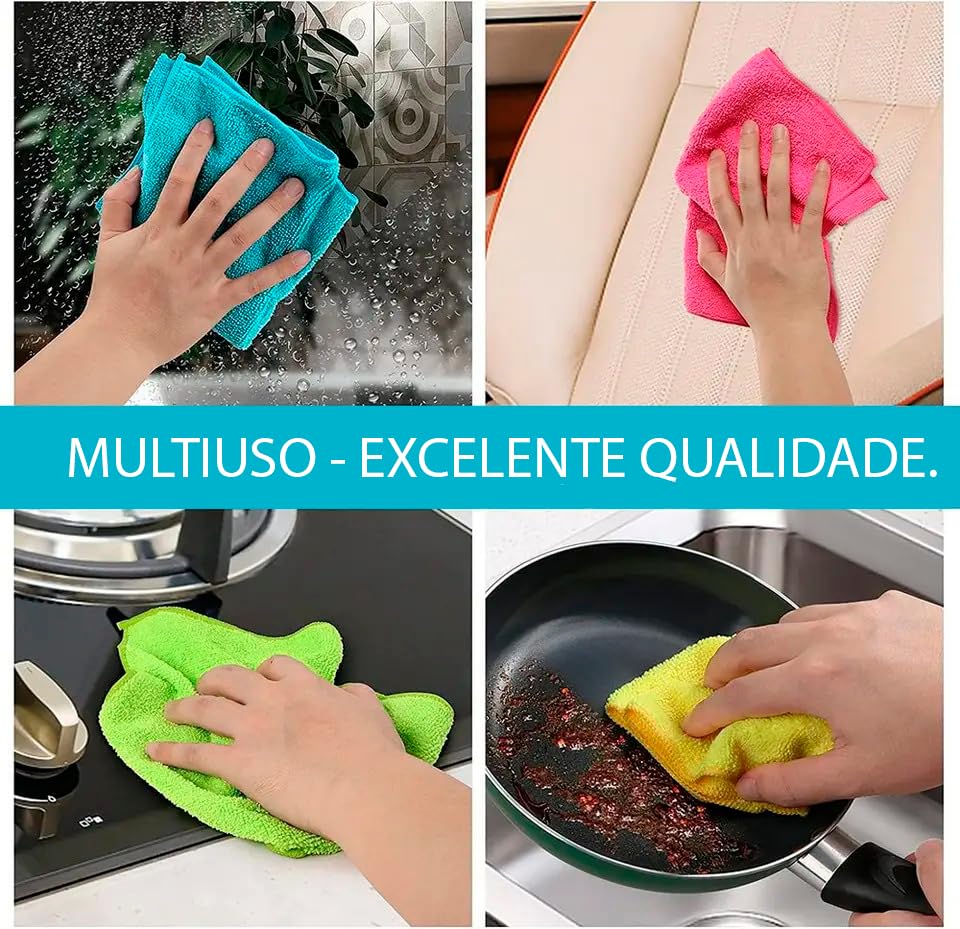High-quality microfiber towels require proper use and meticulous care to maximize their performance and extend their lifespan. Below is a detailed guide to help you effectively use and maintain this essential cleaning tool.
When using a towel, always adhere to the “one towel for one purpose” principle. Prepare at least three towels, depending on the area being cleaned: one for delicate surfaces like paint and glass; one for heavily soiled areas like wheels and lower skirts; and one for the interior. This division of labor prevents cross-contamination, especially preventing hard particles from wheels from scratching delicate surfaces like the car’s paint.
When using a towel, practice the “use it liberally” strategy. Turn the towel over and change it frequently during cleaning. When one side of the towel becomes dirty, immediately switch to the clean side. Avoid using the same towel from beginning to end, as this will only reapply the dirt to the surface. When cleaning large areas, such as a car body, it’s recommended to gently rub the towel across the surface, allowing it to absorb moisture through capillary action rather than rubbing vigorously.
Cleaning and maintenance are key to extending the life of microfiber towels. Before first use, be sure to remove the label and inspect the fibers for any factory residue. Then, perform a preliminary wash to remove any chemicals that may have remained during the manufacturing process.
Post-use cleaning is crucial. Microfiber towels should be washed promptly; don’t wait half a day or even a day. Before washing, it’s best to separate the towels into two groups: one for delicate surfaces like paint, and another for heavily soiled areas like wheel hubs. Pre-treat each one separately. Microfiber towels should be washed separately and not mixed with regular laundry, as their strong absorbency can attract lint and dirt.
When washing, use a neutral detergent and avoid detergents containing softeners and bleach. Softeners leave a film on the microfiber surface, significantly impairing its absorbency and cleaning effectiveness. Bleach can shorten the lifespan of microfiber towels. Adding a teaspoon of white vinegar to the final rinse cycle of your washing machine can prevent detergent residue. White vinegar is a natural softener and won’t damage the properties of microfiber.
Drying and storage also require careful attention. Microfiber towels are best air-dried or tumble-dried at medium-low temperatures. Avoid direct sunlight or high temperatures, as the polyester content in microfiber is temperature-sensitive and can damage the fibers. Avoid ironing and avoid contact with water over 60°C.
After thorough drying, proper storage can also extend the life of your towels. Fold towels neatly and place them in separate boxes, sorting them by use. Ensure they are completely dry before storing, as this can lead to mold. For towels that are not used for extended periods, consider using vacuum compression bags to save space and prevent contamination.
Master these usage and care tips to ensure your microfiber towels continue to perform exceptionally well and last longer. Properly cared for microfiber towels can withstand over 500 washes, while traditional towels typically deteriorate significantly after only 50 or so, making them a cost-effective and environmentally friendly investment in the long run.
Post time: Oct-10-2025


